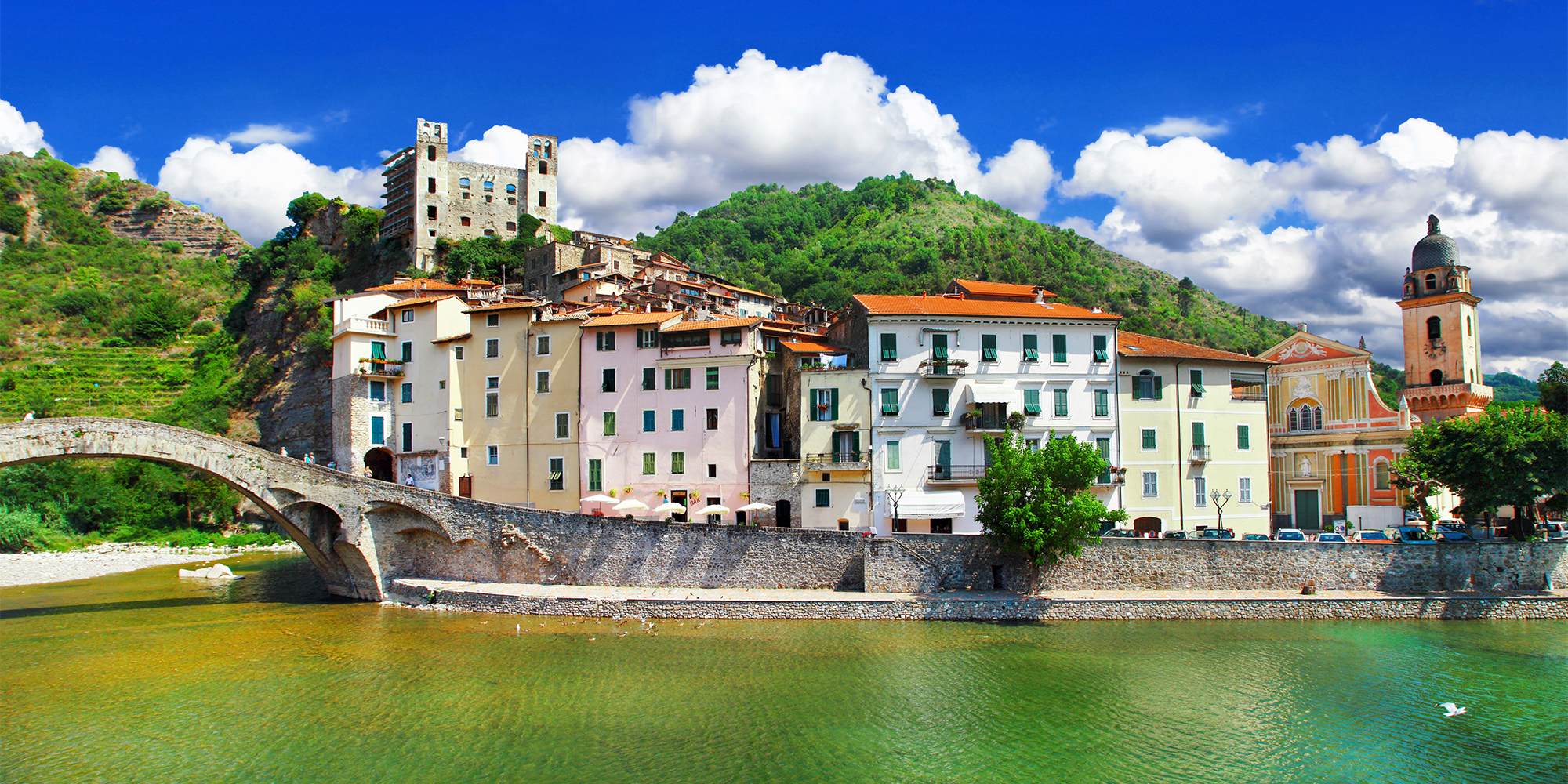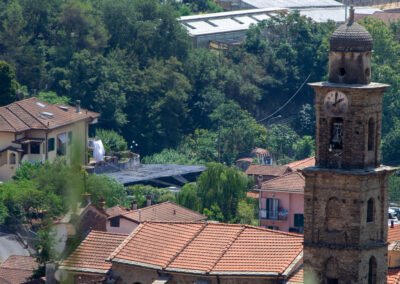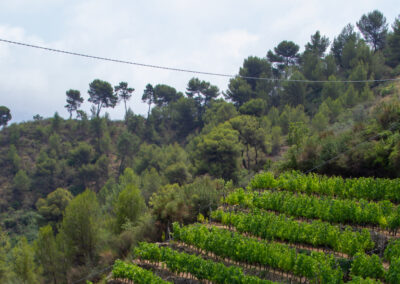
Soldano
Along the banks of the Verbone stream, in the upper Crosia valley, lies Soldano, a small village of 1,000 residents with very controversial origins. There are various theories about its birth. The most reliable one is that it was founded at the end of the 20th century by residents of Ventimiglia and other neighbouring coastal towns, who took refuge inland to escape the plunder of the Saracens. In fact, from the sea, the village is hidden and can only be seen by climbing up the valley. Remains of fortified gates typical of defensive walls are still visible, which together with the Verbone stream and the Fullavan creek created a natural protective barrier.
The earliest document mentioning Soldano dates back to 1257: a notarial deed concerning the sale of land for agricultural work. This transaction shows that at that time the residents’ main activity was agriculture.
The symbols of Soldano’s history are churches. In the historical centre is the parish church of San Giovanni Battista, built in the 15th century in Baroque style, which houses a polyptych depicting St John the Baptist, attributed to Andrea della Cella di Finale (16th c.) and recently restored; outside the town walls is the ancient Oratorio of San Giovanni Evangelista, built in the 15th century, whose black stone portal from 1594 remains to this day, and the small church of San Mauro on the banks of the Verbone, originally dedicated to the Madonna della Neve and later to the patron saint. A way from the centre, in the Urià district, is the Sanctuary of the Beata Vergine Maria del Monte Carmelo, built by residents at the end of the 19th century to obtain the Virgin’s protection for the olive groves affected by the oil fly.
This shows that even 200 years ago, the cultivation of olive trees and the production of oil were a major source of income for the locals. Besides oil, an element that has never left Soldano’s terraces is the grapevine, which is used to produce Rossese di Dolceacqua D.O.C. After the boom of the floral economy of the western Ligurian Riviera, some cultivations were converted to the production of wattle, broom and different varieties of roses.

One of the Most Beautiful Villages in Italy
DOLCEACQUA
A medieval village in the heart of the Nervia valley, uniting history, legends, traditions, art and culture – from the Iron Age, through Monet, Renoir, and the Dorias, to the Rossese di Dolceacqua D.O.C.

Today known as the City of Roses
SAN BIAGIO DELLA CIMA
"San Giàixu", on the ridge of Monte Santa Croce, was first a fief of the Counts of Ventimiglia, then a municipality of the Republic of Genoa and a member of "La Magnifica Comunità degli Otto Luoghi" (The magnificent community of the eight villages).

Country pride
SOLDANO
Hidden in the upper Crosia valley to escape the raids of the Saracens, Soldano is a town of ancient origins with a history steeped in agriculture: it's nestled among wattle, broom, roses, Rossese grapes, and Taggiasca olive trees.
Contact us
Feel free to use this space to ask for clarifications, information or to report something. Thank you.

Antroposcene is the open-air Ethnographic Museum that narrates the widespread rural heritage of the local areas of Dolceacqua, San Biagio della Cima and Soldano. 34 km of paths, 20 points of interest, 6000 years of dialogue between man and nature. Stories of a rural construct to be protected, nature and community returning protagonists, ancient 'nomeranze' that have in the Flysch stone the common element uniting places and people. An ethno-anthropological journey guided by digital media and immersive dynamics that enhances and gives voice to the precious good that surrounds us.
Contact us
mail: info@antroposcene.it
address: Via Roma, 50, 18035 Dolceacqua IM
facebook: @antroposcene
instagram: @_antroposcene_
twitter: @antroposcene
[fts_instagram instagram_id=17841454580986702 access_token=IGQVJWUGdjMWs2TVkwOWF6QUg2OWt4ZAHNsbXppMklWdEo3ZAjBVV2h1S1EtSk9hN2N6SG42am11YWJidEF6d0R4Tm1lano2cTcwczh0bGdjVjlDZA3JXM0U0MlRnZAUtIaFJoUVNVclVR pics_count=4 type=basic width=100% height=auto super_gallery=yes columns=3 force_columns=no space_between_photos=1px icon_size=65px hide_date_likes_comments=no]
[fts_twitter twitter_name=@Antroposcene tweets_count=1 twitter_height=auto cover_photo=no stats_bar=no show_retweets=no show_replies=no]






